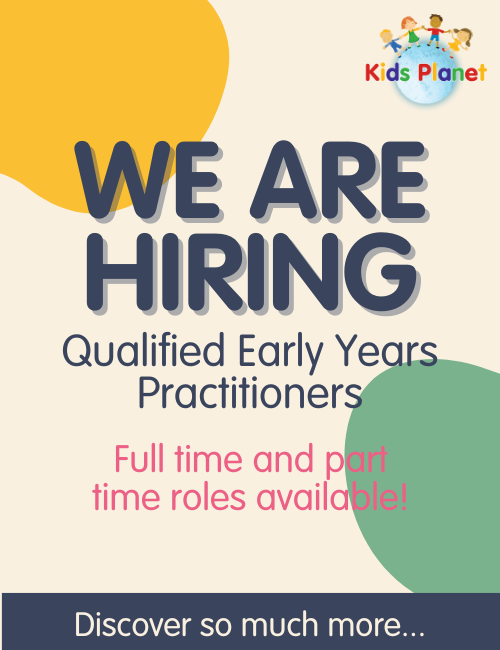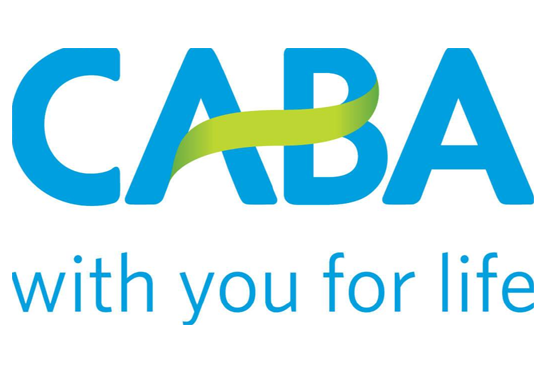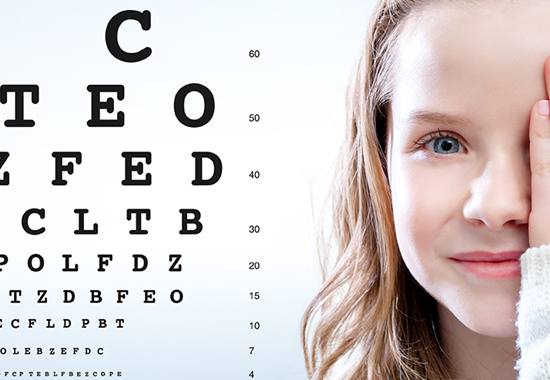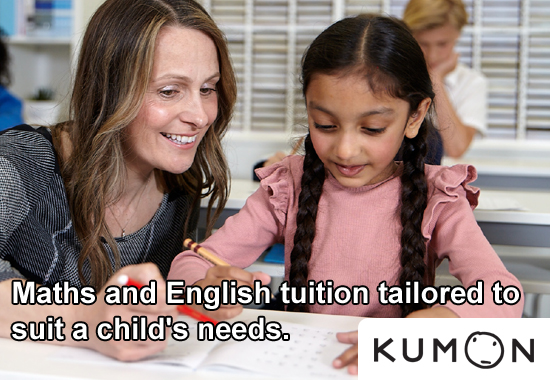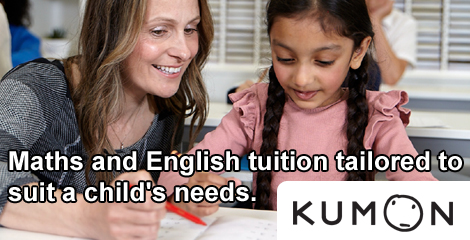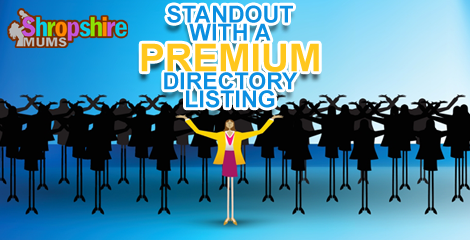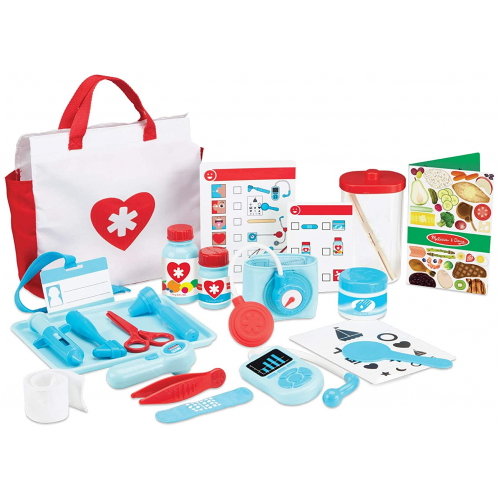How to tell if your child has eyesight problems
Health & Well-being 2k
Added by:
Shropshire Mums on Mon Sep 9 13:00 2019
National Child Measurement Programme and beyond
How to tell if your child has eyesight problems
By Ashish Mathur, eye care expert, www.feelgoodcontacts.com
Strong, healthy vision is an important part of a child’s learning and development. Reading, writing, copying work from the board, using computers and participating in sports are all vital tasks requiring stable vision. Children will have to often perform these tasks on a daily basis in the classroom and during play therefore demands on their visual ability increase as they grow.
With the National Child Measurement Programme (NCMP) in place, all reception children are offered a vision and hearing screening because NHS guidelines recommend that all children are screened for vision and hearing in their first year at school.
During the vision screening, the child will have the vision of each eye checked by a trained school nurse. It is not necessary for them to know the alphabet to be tested. Parents will be notified if there are any problems.
This is an important service which is being offered to children who start school. But what if your child is older than reception age?
Children often struggle for a long time with a problem without telling an adult and may hesitate to raise an issue. They may also not be able to recognise symptoms. The first step to maintaining your child’s eye health is creating an open path of dialogue where they can feel confident enough to tell you when something is wrong.
Following that, there are also many symptoms that parents can look out for that may signal abnormalities in a child’s eye health:
Difficulty reading – they may read slower than their peers, lose their place whilst reading, hold books closer to their face, make numerous mistakes whilst reading text, skip words, or perhaps say them in the wrong order. This is usually a sign of dyslexia.
Continuously squinting to see things – They may avoid reading, particularly when writing is far away (for example, on a white board). Or they may try to see out of the corners of their eyes or tilt their head to help focus on an object.
White or greyish white colour in the pupil – This can sometimes be a sign of cataracts, corneal ulcer, retinoblastoma (eye cancer in children) or uveitis. This will often affect your child’s visual clarity.
Eyes that are misaligned, i.e, they turn outwards, looked crossed or don't focus together – Please note that it is not uncommon for a baby of up to 4 months to have crossed eyes as they are learning to control their eyes. Crossed eyes are usually a sign of strabismus (misaligned eyes) or amblyopia (lazy eye). This will affect the child’s visual acuity, particularly as the distance between objects and viewpoints change, for example when doing sports and tracking a flying object such as a ball or looking from the chalk board to the paper.
Eyes that flutter quickly from side to side or up and down – This will greatly affect a child’s hand-eye coordination and they may have difficulty writing or playing sports. They will also have trouble keeping their eyes on one particular target, moving from one object to another, or moving their eyes along a page to read writing.
Eyes that are consistently watery, excrete puss, feel itchy or look red – These are common symptoms for eye infections which are caused by irritating substances entering the eye. You may notice that they rub their eyes frequently to relieve itchiness and irritation.
Eyes that are sensitive to light – this could be a sign of many conditions including cataracts and epilepsy. They may also frequently report that they have a headache.
If you spot any problems with your child’s eyes or vision, I recommended that you visit an optician or GP to deal with the matter promptly before the condition exacerbates. However, if no issues arise then your child will only need to have their eyes checked every 1-2 years, as is the case with adults.








